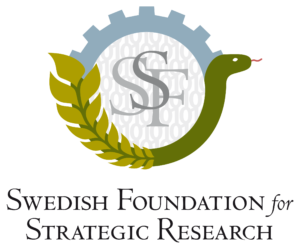SciLifeLab Serve offers functionality to host trained machine learning models to make them available for inferences/predictions (this is also called *model serving*). The models are then available at all times from our servers and can be used by other researchers, by general public, by tools (e.g. pipelines and analysis scripts) for inferences.
See the pages below for more information about machine earning model serving.
[article_list depth:10]
The SciLifeLab Serve user guide is powered by django-wiki, an open source application under the GPLv3 license. Let knowledge be the cure.


